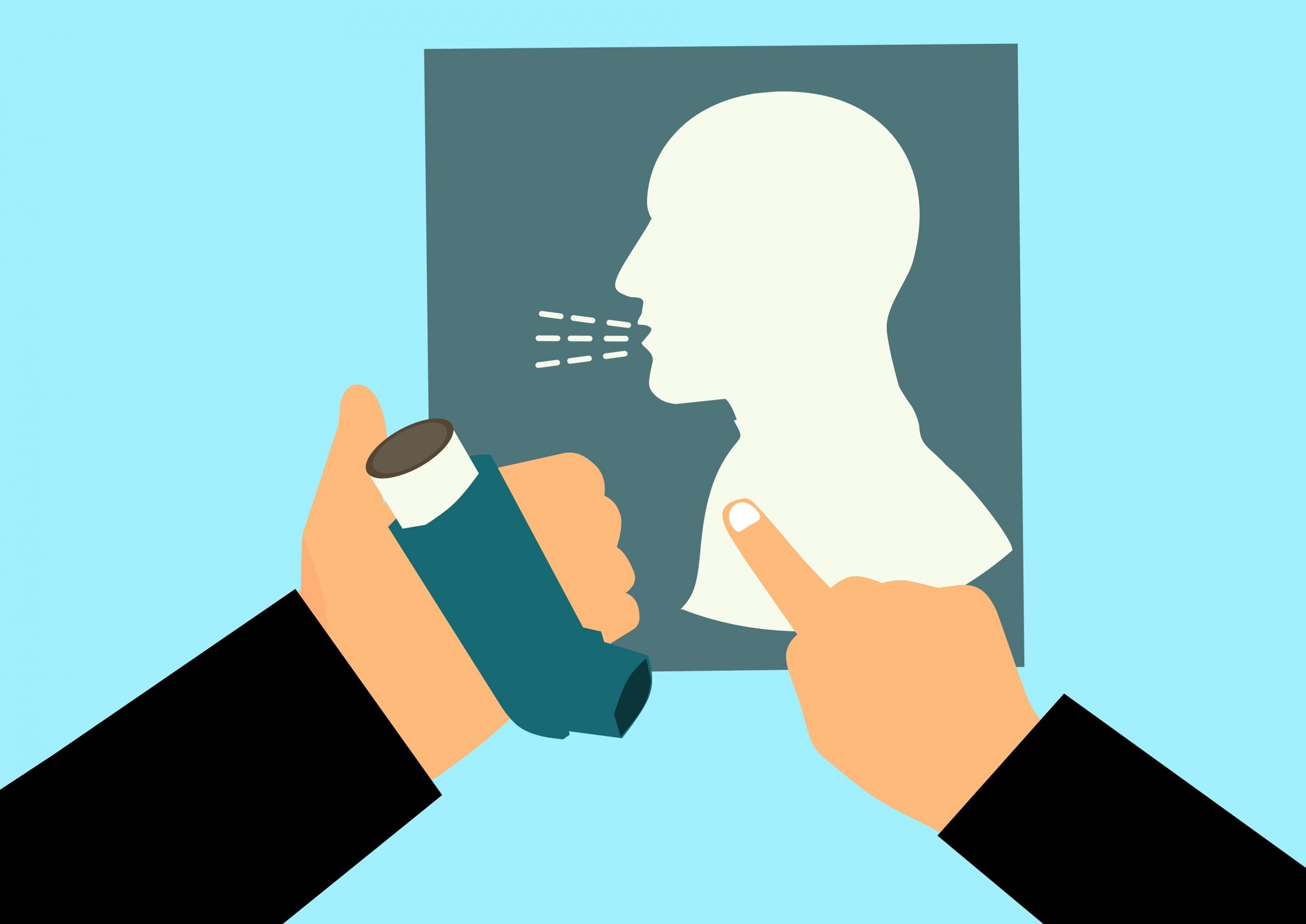Asthma is a lifelong condition that causes problems with breathing. Asthma attacks can be mild or severe and may cause wheezing, shortness of breath, coughing, chest discomfort, fever and fatigue. An asthma attack can happen when you are exposed to “asthma triggers.” Asthma triggers can vary from person to person and asthma sufferers should know their triggers and how to avoid them. Watch out for an attack when a trigger cannot be avoided. According to the CDC, common triggers include:
- Tobacco smoke
- Dust mites
- Outdoor air pollution
- Cockroach allergen
- Pets
- Mold
- Smoke from burning wood or grass
- Infections like flu
The steps to help someone during an asthma attack with an inhaler include:
- Shake the inhaler hard 10-15 times before use
- Have the victim exhale out all the way
- Next, the victim should place the inhaler in their mouth (between their teeth) and make a tight seal.
- As they slowly breath in, press down on the inhaler one time. Encourage them to keep breathing in slowly and deeply.
- The victim should hold their breath for 10 seconds if they are able while removing the inhaler from their mouth before exhaling
- If the instructions on the inhaler allows, these steps can be repeated.
If the victim does not improve, you may need to seek additional medical care or call 911.
There are also steps to take if the victim does not have an inhaler:
- Have the victim sit up (do not lay down)
- Focus on breathing
- Encourage the victim to breath in through their nose and out through their mouth.
The key to managing asthma is prevention. By identifying and avoiding triggers, using an asthma inhaler, and engaging in regular exercise, it is easier to prevent an asthma attack from occurring. To learn how to help someone during an asthma attack, be sure to take first aid and CPR training!

